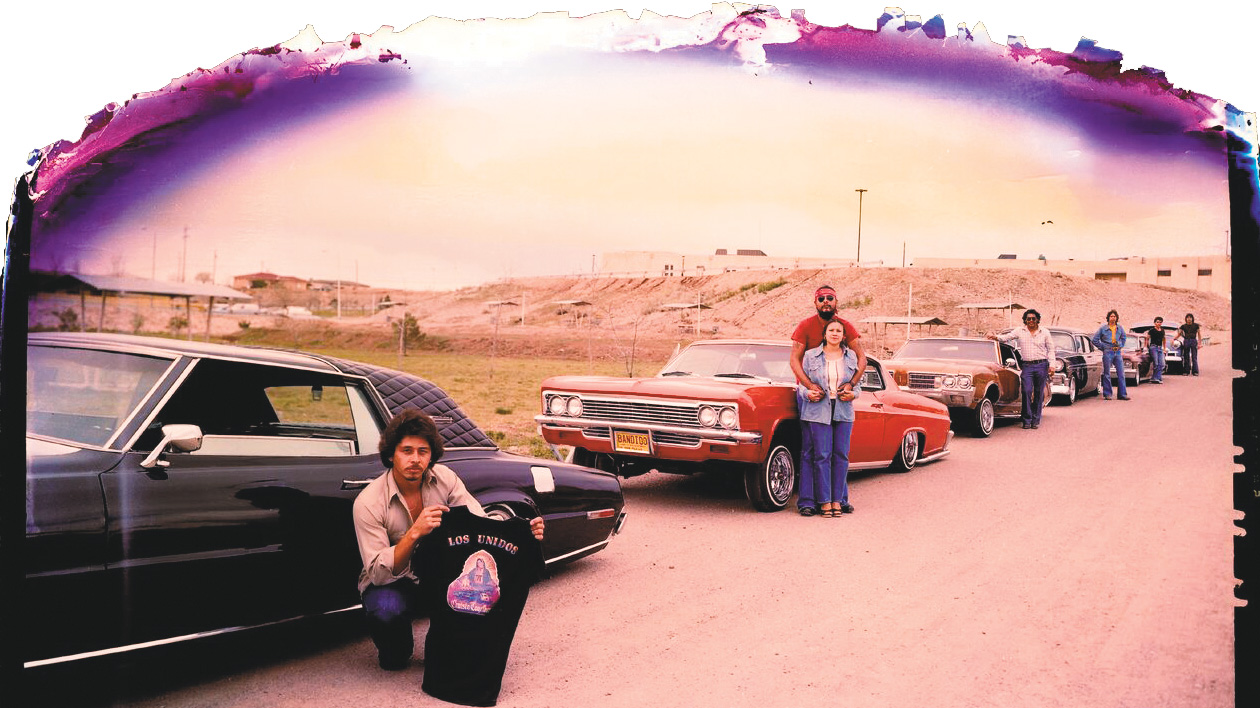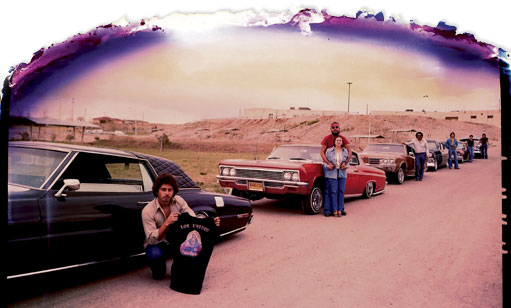Lowriders
Talking Lowriders In New Mexico With Writer And Photographer Don Usner


Latest Article|September 3, 2020|Free
::Making Grown Men Cry Since 1992


